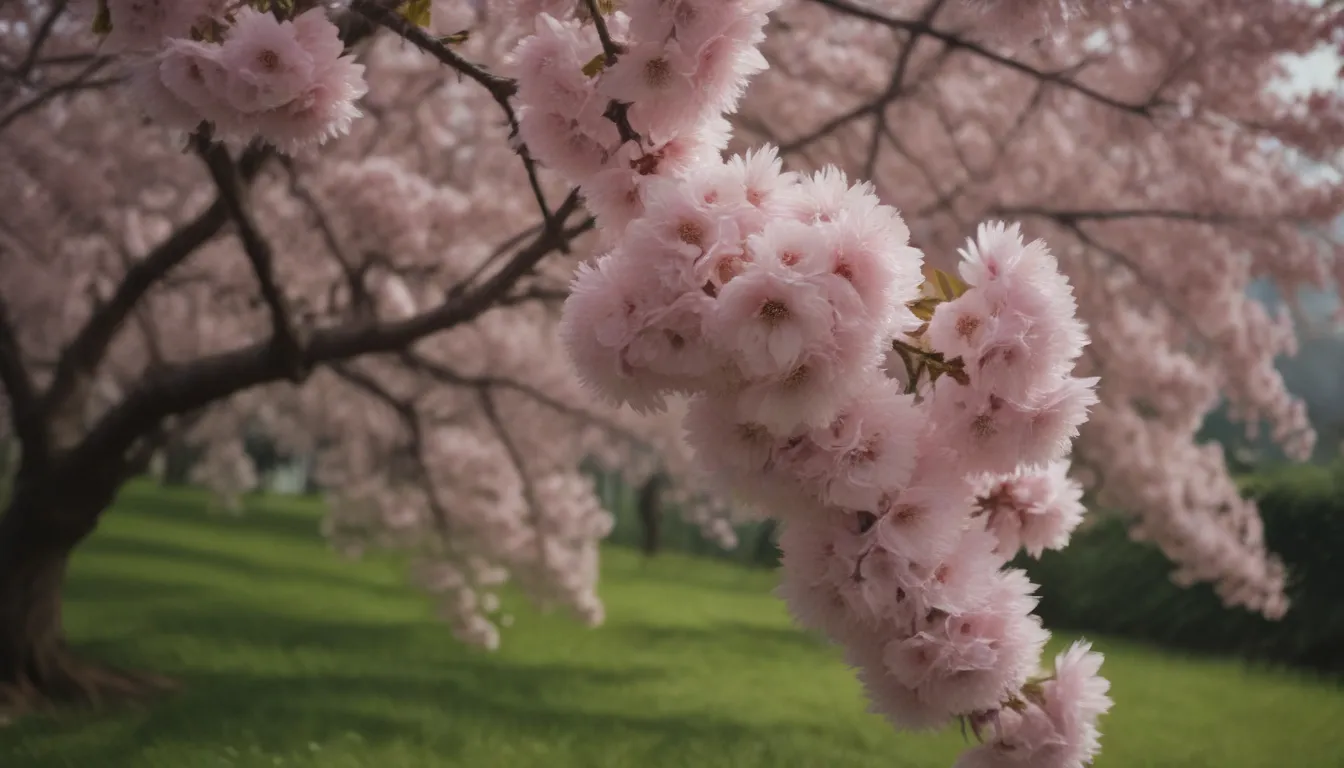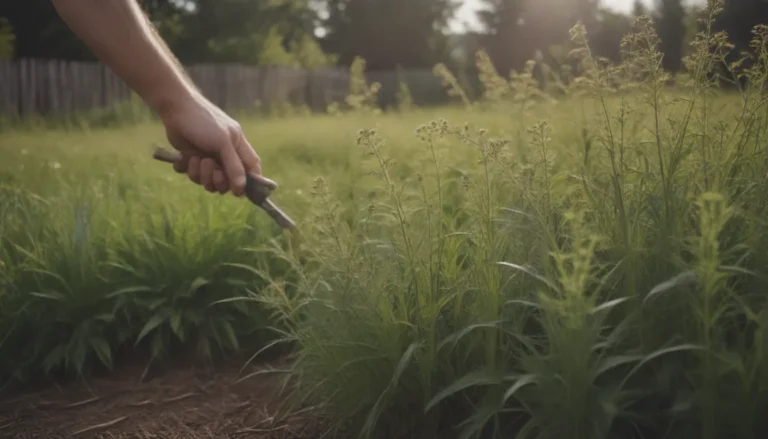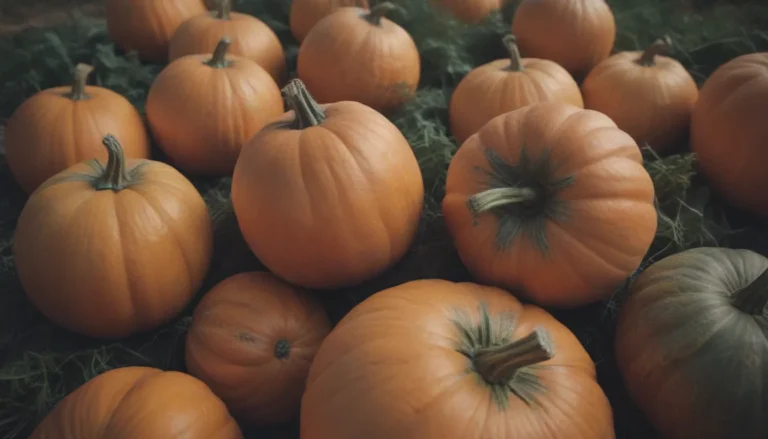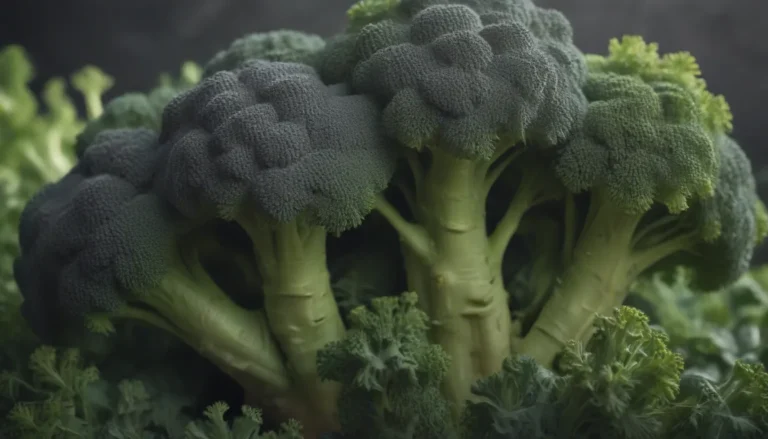Comprehensive Guide to Growing and Caring for Japanese Flowering Cherry Trees

Are you looking to add a pop of color and elegance to your garden or landscape? Japanese flowering cherry trees (Prunus serrulata spp.) might just be the perfect addition for you. These ornamental deciduous trees are prized for their stunning pinkish-red blossoms that adorn their branches during the spring months. If you’re considering growing and caring for Japanese flowering cherry trees, this comprehensive guide is here to help you every step of the way. From selecting the right location to dealing with common pests and diseases, we’ve got you covered.
Japanese Flowering Cherry Care Tips
Taking care of your Japanese flowering cherry tree is essential to ensure its health and longevity. Here are some key care requirements you should keep in mind:
Light
- Japanese cherry trees thrive in full sun, but they can also tolerate partial shade. Aim to provide your tree with at least six hours of direct, unfiltered sunlight each day for optimal blossoming.
Soil
- While Japanese cherry trees can tolerate various soil types, they prefer moist, fertile, well-drained loamy soil with a neutral pH of 6.7 to 7.1. Healthy soil can help prevent fungal diseases.
Water
- Ensure your Japanese flowering cherry tree receives plenty of moisture, with at least 1 inch of water per week. Mulching the soil helps retain moisture, especially during winter. Once established, the tree can withstand short droughts.
Temperature and Humidity
- Japanese cherry trees are hardy, surviving winter temperatures down to minus 10 degrees Fahrenheit. Ideally suited for zones 5b to 8a, these trees require a 45-degree winter dormancy period. Wet and humid conditions in summer can lead to fungal diseases.
Fertilizer
- Feed your Japanese cherry tree with a specialized fertilizer once a year in spring. Organic options like compost can also be beneficial. Ensure the nutrients reach the roots by watering the soil.
Types of Japanese Flowering Cherry Trees
Japanese flowering cherry trees encompass various cultivars of the Prunus serrulata species, each with its unique characteristics. Popular cultivars include:
- ‘Kanzan’
- ‘Kiku-shidare’
- ‘Fugenzo’
- ‘Shirotae’
- ‘Asano’
Each cultivar offers distinct attributes that may suit your landscaping needs.
Pruning Practices
- Limit pruning to damaged branches and avoid over-pruning to prevent fungal diseases. Sterilize your tools after each cut to maintain tree health. Prune heavy branches as needed to maintain tree balance.
Propagating Japanese Flowering Cherry Trees
- Propagating Japanese cherry trees from stem cuttings can be challenging, as resulting plants may lack the hardy rootstock. Grafting selected cultivar branches onto wild cherry rootstocks is a common propagation method.
How to Grow Japanese Flowering Cherry Trees from Seed
- Most Japanese flowering cherry tree cultivars are sterile, making seed propagation impractical. Consequently, focus on other propagation methods like grafting or stem cuttings for successful tree reproduction.
Potting and Repotting
- While Japanese cherry trees are typically large for container growth, compact cultivars can thrive in pots or as bonsai. Regular pruning is necessary for potted trees. Employ well-draining soil in a deep container and feed with controlled-release fertilizer annually.
Overwintering Care
- In colder regions, mulch young Japanese cherry trees to protect roots from winter temperatures. Clear debris to prevent overwintering pests and diseases.
Common Pests and Diseases
- Japanese cherry trees are prone to pests like peachtree borers, scale insects, and aphids, as well as diseases such as leaf spots and powdery mildew. Regular monitoring and care can help mitigate these issues.
Encouraging Blooms in Japanese Flowering Cherry Trees
- Create optimal conditions by providing sunlight, moist soil, and attending to pest issues. Common bloom problems like brown rot and frost damage can impact flowering, but proper care can help the tree recover.
Addressing Common Problems
- Bark splitting, gummy residue around the trunk, and ragged holes in leaves are common issues that Japanese cherry trees face. Prompt action and care can help mitigate these problems and maintain tree health.
By following these care tips and practices, you can enjoy the beauty and elegance of Japanese flowering cherry trees in your garden or landscape. With proper attention and maintenance, your tree can flourish and delight you with its stunning blossoms year after year.
Remember, each tree is unique, so tailor your care routine to suit your specific tree’s needs. Happy gardening!





